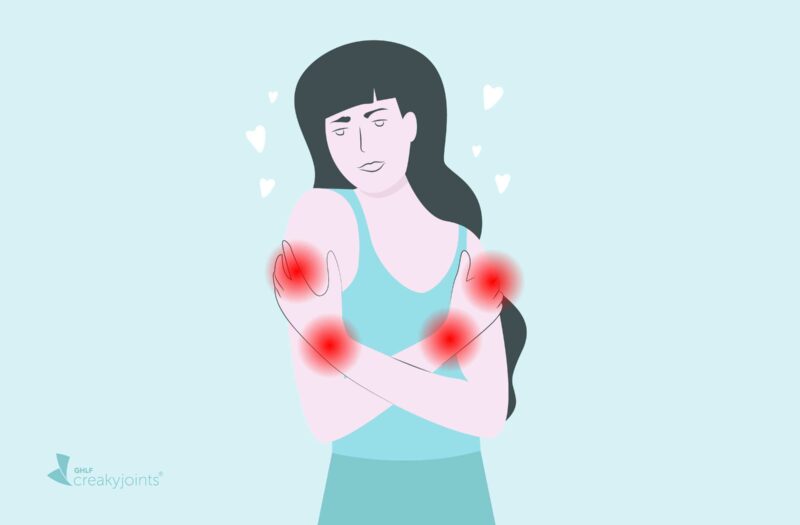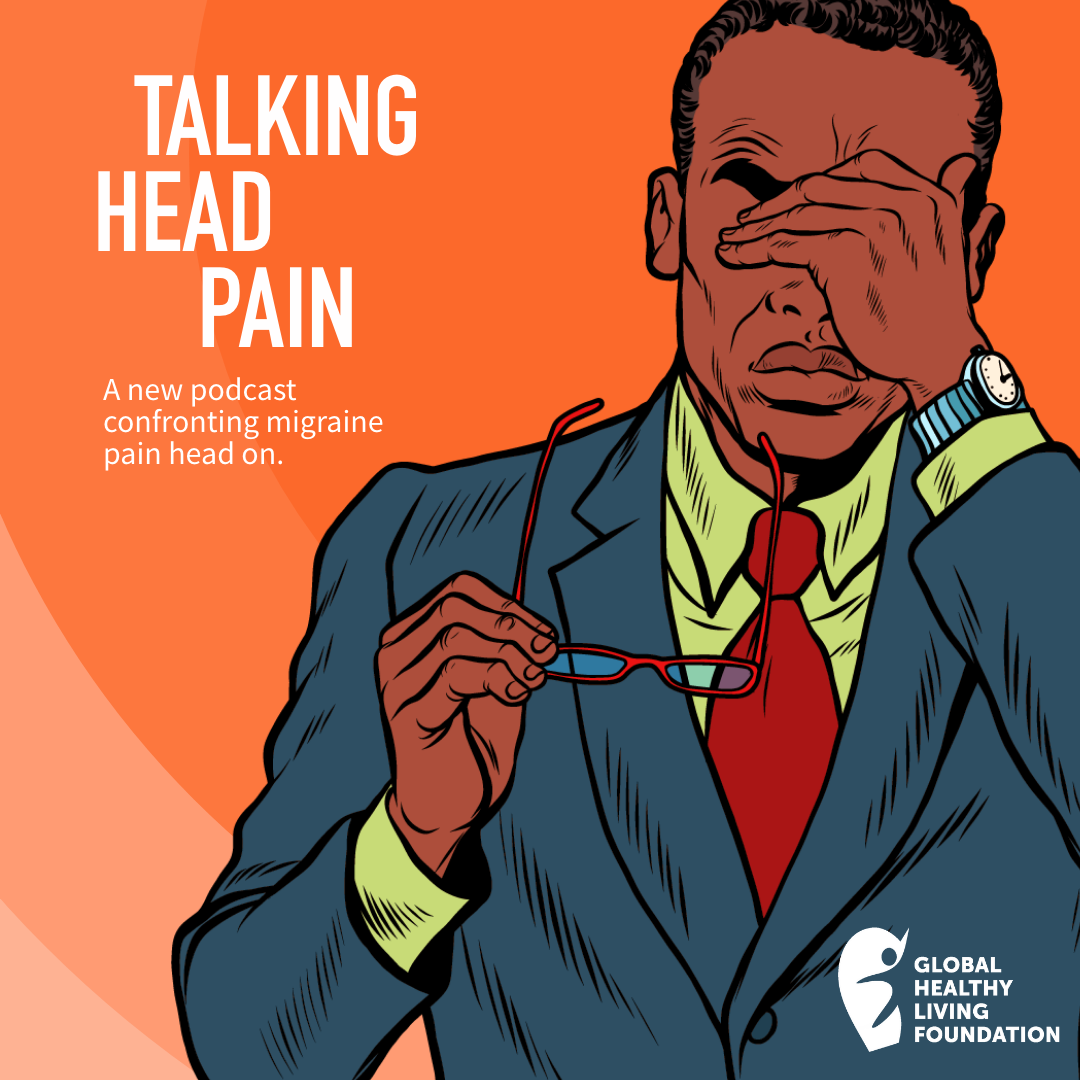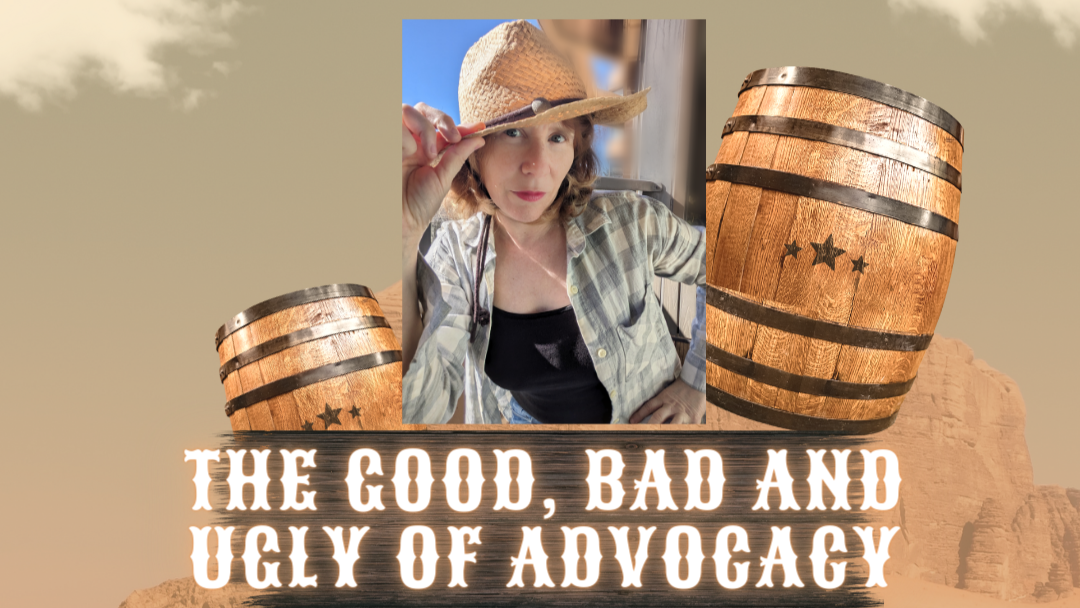I felt betrayed by my body. More than that, I felt abandoned by my body, as it surrendered to the onslaught of autoimmune arthritis, seemingly doing nothing to push back. I was young when I had first moments of joint swelling and pain, only 4 years old, and it got worse. Much worse. Rheumatoid arthritis (RA) robbed me of most of my childhood, leaving me hospitalized for years — because that’s how they did it back then in Denmark, where I was born and grew up — missing out on school and friends and playing.
Denmark is an old country, with old and mostly inaccessible infrastructure and I was a teenager just a decade or so after the move to de-institutionalize people with disabilities who previously had been put away, out of sight. So there I was, finally discharged from the hospital, my body still a source of mostly uncontrolled pain in an environment that largely excluded people like me. For several decades, both in Denmark and after that when we moved to Canada, I rarely saw other wheelchair users.
My response to my environment and my pain was to internalize the ableist view that saw me and my body as a tragedy, as weird and unusual, as “special.” Inside, in my mind and my soul, I felt like just any other young woman, with dreams of becoming a vet, meeting my first boyfriend, traveling, writing, trying to help others, and be accepted. Outside, my disabled body and the pain within were the barriers to chasing my dreams.
I was young and it was many years ago, back before we really began to challenge the world built for the able-bodied. So instead of placing the responsibility for the barriers on the inaccessible environment and uncontrolled inflammation due to less effective RA treatments than those that are available today, I started to hate my body. Before long, I loathed my painful useless body that forced me to constantly compromise my dreams, to sit on the sidelines, to be earthbound when I wanted to fly.
I hated it so much that I deemed it merely a container for my soul and my mind; I actually thought of myself “a brain in a jar.”
Seeing My Body as a Partner, Not an Enemy
This went on for decades, until about 15 years ago, when in a moment of profound insight I realized that I was thinking about things all wrong. My body has not betrayed me. Quite the opposite: It has done its best to keep me going despite the constant assault by an enemy that is rheumatoid arthritis.
For the first time ever, I saw that my body and I are partners in the quest to chase my dreams. And once I started treating my body with friendship and respect, giving it a voice and no longer ignoring what it told me, I got further down the road toward my dreams.
This friendship between my body and I did not happen overnight, we needed time to get to know each other again after all those years in which I had denied it. We had to figure out how each of us worked and how to trust again. Here’s how we got there.
We listen to each other
In her book Dare to Lead, Brené Brown describes trust as something that comes not from grand gestures, but in tiny moments in day-to-day life.
So it is with me and my body. It is the listening to each other, paying attention, and respecting each other’s wishes — just like in any friendship. “But Lene are you really having conversations with your body?” you might ask, while questioning my sanity. My answers is both ‘of course not’ and ‘absolutely.’ I am not hallucinating voices or talking to myself all day long, but at the same time I know that my body definitely has wishes and preferences and that I ignore them at my peril.
We work together
In the past, I’d keep going regardless of how I felt, ignoring any suggestions that I should learn to pace myself. As a result, I had a lot of what I call crashes — flares from overdoing it. I have learned that my body will try to tell me there’s a problem and if I ignore the message, it will keep telling me in increasingly more emphatic ways. When I crash into a week-long flare as a result of doing too much, I see it as my body having no other option but to make me sit still so it can heal (usually while calling me nasty names).
When I took the time to listen more closely, learning to recognize the much more subtle signals and symptoms that come long before the crash — and then actually do something about it, such as scheduling tasks to give myself more downtime between them or getting more rest — I had fewer crashes.
This showed me that when I support my body, it supports me back.
We forgive each other
It doesn’t always work out. A few months ago, I had a lot to do and started skipping my usual self-care, including my start-of-the-day check-in with my body. It’s as simple as taking a few minutes after breakfast to pay attention to my body, checking my pain levels and how tired I am, then writing down a letter grade equivalent in my planner (A is a good day, B for days with some degree of pain and fatigue, and I save C for bad days). I had no idea how helpful this practice was until I stopped doing it during an especially busy month in the summer. Before I knew it, my infamous To-Do List ruled my life and I sank back into my old habit of running solo, rather than in partnership with my body. To no one’s surprise, I ended up in a flare and lost three weeks in the month of August to healing.
I try to see this not as a loss, but as a lesson. It was a reminder to me of how important it is to honour my body as I make plans and go about my life. To forgive it for not having the resources to both support my unreasonable list and at the same time fight to maintain health in the face of rheumatoid arthritis. It was an unreasonable ask and that’s not my body’s fault — that’s on me. And here’s the really important thing: those three weeks were an opportunity for me to reflect on what happened, to ask my body’s forgiveness for the hell I put it through, and to make a new plan so I don’t make that mistake in the future.
Undoing My ‘Internalized Ableism’
Learning to dismantle my internalized ableism that saw my imperfect body as a betrayal and instead place responsibility where it belongs — on rheumatoid arthritis — was an important first step in this newfound friendship.
It’s a work in progress, greatly helped by progress in the chronic illness and disabled communities to call out ableism in all its forms. Just like any other friendship, my relationship to my body also needs nurturing and nourishment, recommitment, time, and attention. But it’s worth it. Taking this approach to my life with RA has been incredibly empowering and it continues to develop and deepen, as does any authentic friendship over time.
Give it a try. You won’t regret it. The next time you’re feeling angry at your health or your disease, consider what it would take to treat your body as a friend. After all, is there any relationship more important in life than the one we have with own self?
Stay in Touch with CreakyJoints Canada
Part of the nonprofit Global Healthy Living Foundation, CreakyJoints is a digital community for millions of arthritis patients and caregivers worldwide who seek education, support, advocacy, and patient-centered research. All of our programming and services are always provided free of charge. As we grow CreakyJoints Canada we want to hear from you. Please join our email list to stay connected, learn about new content and initiatives, and send us suggestions and ideas.






